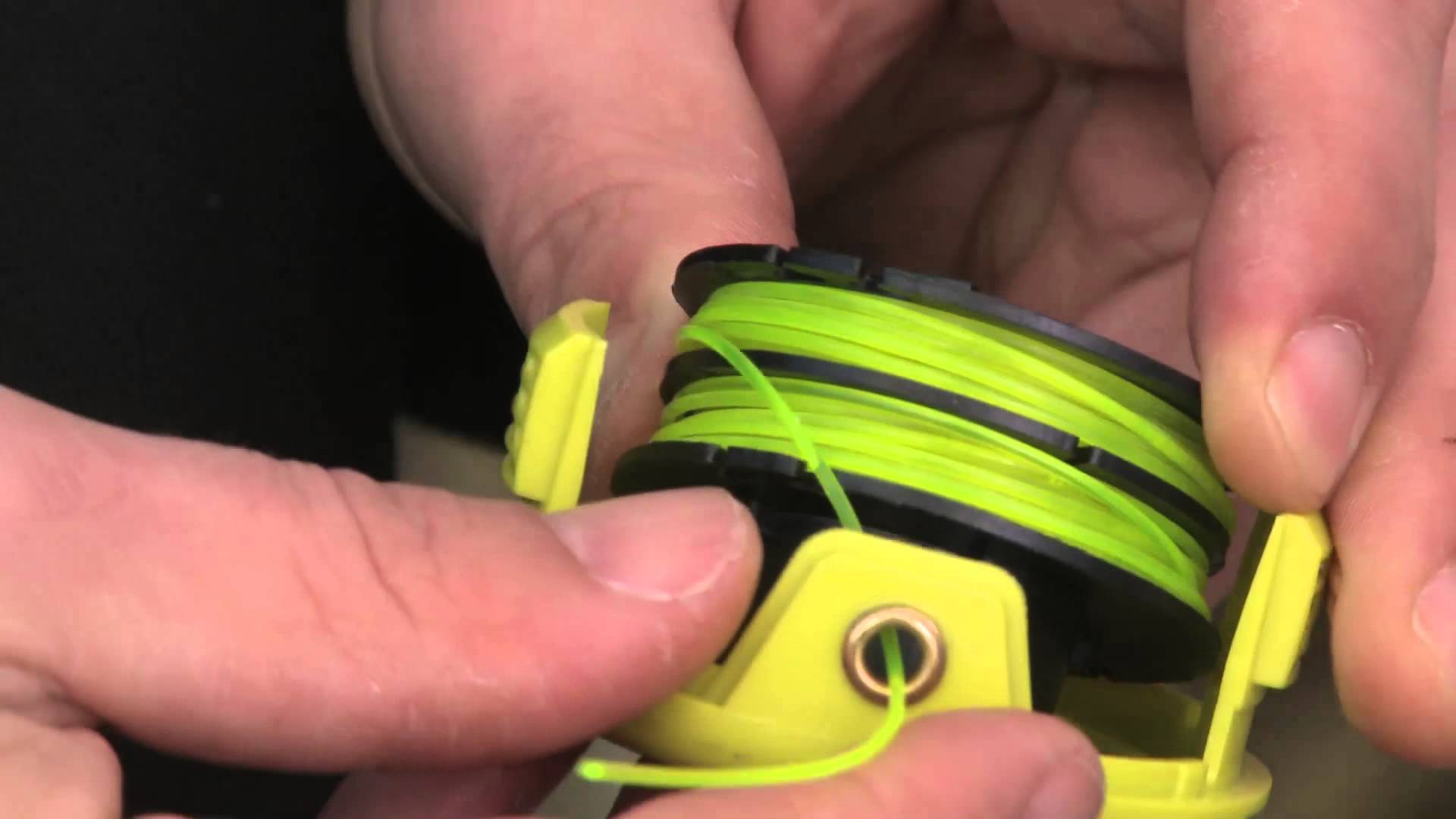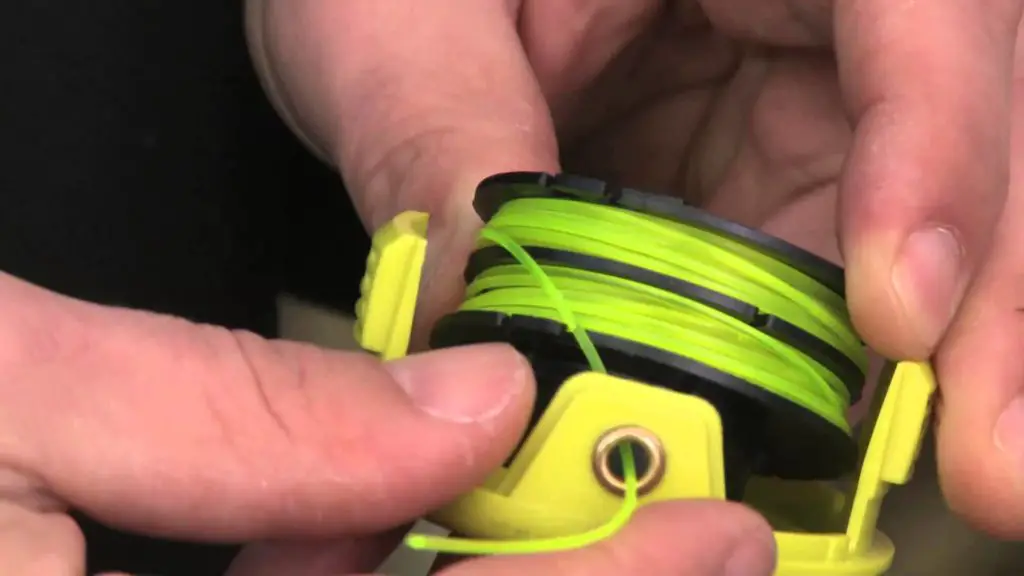Some Information On Stringing A Dual Sided Weed Eater Spool

All weed eaters available feature single and dual-sided spools with all the manufacturers having their very own specifications as to the amount of line that has to be put on the spool, the direction that I must be wound in, and what the diameter of the line that is being used must be. In a number of dual-sided spools the lines have to be wound in the identical direction, while in others the lines require being wrapped in reverse directions. As an instance the Craftsman brand 358.791590 weed eater features a dual-sided spool and that requires a line of 0.095 inch that requires being loaded on the spool in the identical direction.

Before we look at the steps involved in stringing a weed eater with a dual sided spool there are a few things that you must know. They are:
- You must make certain that you make use of the diameter of the line rated for the weed eater that you own that have been specified in the operator’s guidebook
- You must also ensure that you look up the operator’s guidebook for the proper size and process for restringing the weed eater that you have. A string that is oversized for the weed eater that you have is going to get caught in the trimmer’s openings and cannot feed out.
Below we look at the steps involved in stringing a Dual Sided Weed Eater Spool.
Step 1
Shut down your weed eater by taking the plug off, if it is electrically powered, or pushing down the off button, if it runs on gas. On the cutting head being too hot to lay your hand on, let it cool down sufficiently so that you do not burn yourself while trying to remove the spool.
Step 2
The way of removing the spool is squeezing the release tabs that are present on the trimmer head’s cover, together. The spool and the cover will get detached from the trimmer. Make certain that you haul off any line remaining on the spool and dispose of it. Clean of all traces of grass clippings and dirt present on the spool and the cutting head.
Step 3
Try cutting a bit of line having the length that has been listed in the operator’s guidebook of your trimmer. This is going to vary among manufacturers. As an instance the Craftsman brand 358.791590 has need of a length of 15 feet. The purpose of this is that the spool is not filled to a position that will make the bulge off the spool. A spool that has been overfilled is not going to fit into the cover. A spool that has been under-filled will not be the cause of any difficulty and all that you require doing is refilling the spool on a more frequent basis.
Step 4
The next thing to be done is folding the span of line that has been cut in two and inserting it into the center opening of the spool at the point where it has been folded. Make certain that you put the index finger of yours amid the lines and clutch the lines tightly with your thumb and additional fingers. Use the other hand of yours for turning the spool such that the lines twist about the spool in clockwise direction simultaneously, with a line being in both guides of the spool.
Step 5
Try and find the exit openings that are there on the outer surface of the spool. Twist the lines on the spool while making certain that you leave lines measuring approximately 12 inches unwound. Drive the endings of lines through exit openings, a line in an opening, and slide back the spool inside the cover. Make certain that the lines are able to move without restraint. Snap back the cover on the cutting head of your weed eater. Trim the lines to ensure that their length does not exceed the line limiter blade present on the shield of your trimmer.
The things that you will require for completing the steps above are:
- A weed eater that has a dual-sided spool
- A package of fresh line sized explicitly for your trimmer
Final Verdict
While going through the steps mentioned above you must be careful about replacing the line on the trimmer more rapidly by getting spool of line that is re-wound. The advantage of this is that it does away with the need for winding the line on the spool.
You must also be careful that when winding the line on the spool you work in constant rows and not allow the line to crisscross. The advantage of following this method is that the line will feed out without getting tangled up.
The other articles may you concern, as this is by:

